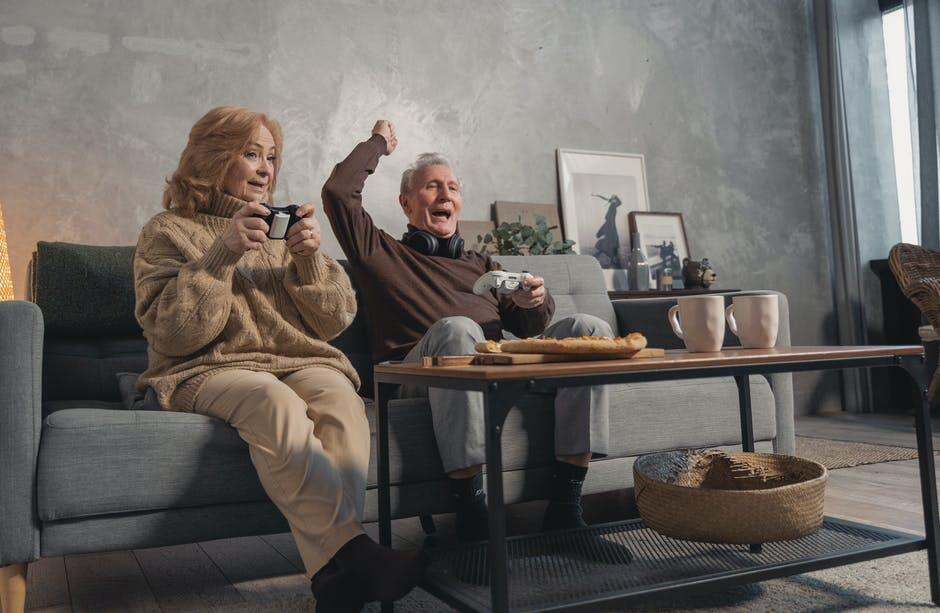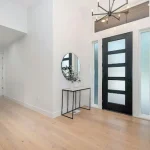As people age, many prefer to stay in their homes instead of moving to a care facility. Aging in place is about making a home safe, comfortable, and stylish while meeting the needs of seniors. Creating a home that is both functional and attractive is key to helping seniors live independently and comfortably.
With thoughtful design, it’s possible to create an environment where they feel secure and happy. This guide explores how to design interiors for aging in place, making sure the home is both practical and beautiful.
Safety First in Interior Design
The first priority when designing a home for aging in place is safety. Seniors may have difficulty moving around or maintaining their balance. It’s important to avoid slippery floors, use non-slip rugs, and install grab bars in bathrooms.
Wider doorways make it easier for seniors to move around with walkers or wheelchairs. Making sure that lighting is bright and easy to reach is also crucial to avoid accidents.
Comfort and Accessibility in Every Room
When designing a home for seniors, comfort is key. The living room, bedroom, and bathroom should all be easy to navigate. Furniture should be comfortable yet easy to get in and out of.
Consider adjustable chairs, higher beds, and cushioned seating to support different needs. In the kitchen, lowering counters and ensuring easy-to-reach shelves can help. Simple changes can make the home much more enjoyable for seniors.
Maintaining Style Without Compromising Function
While safety and comfort are important, style should not be forgotten. A home can be both stylish and functional with the right choices. For example, choose furniture that is both comfortable and visually appealing.
Consider neutral tones with colorful accents to create a warm, inviting space. You can add attractive patterns and textures that are also practical, such as durable fabrics for furniture and easy-to-clean floors. It’s all about balance, ensuring that the home remains functional but also feels like a place that suits the senior’s personal taste.
Planning for the Future
As seniors age, their needs may change. It’s important to plan for these changes when designing a home. For instance, placing a bed and chairs in locations that are easy to reach and don’t block pathways is important.
It’s also a good idea to design spaces that can be adjusted in the future, such as adding supports or wider spaces if needed. This way, the home can continue to support the seniors as their needs evolve.
The Assisted Living
In some cases, seniors may eventually need extra support, like that offered in an assisted living community in Chattanooga. These communities provide a range of services designed to help seniors live safely and comfortably. They offer an alternative for those who can no longer age in place but still want to maintain their independence.
However, with the right home design, many seniors can continue to live in their own homes for longer.
Designing for Safety, Comfort, and Style
Designing a home for aging in place is all about balancing safety, comfort, and style. It’s about making sure that the space works for the senior’s current needs while also considering future changes.
By focusing on these elements, seniors can enjoy their independence and live in a home that feels both practical and beautiful.Thoughtful design can make a big difference in helping seniors stay independent for as long as possible.
Did you like this guide? Great! Browse our website for more!







